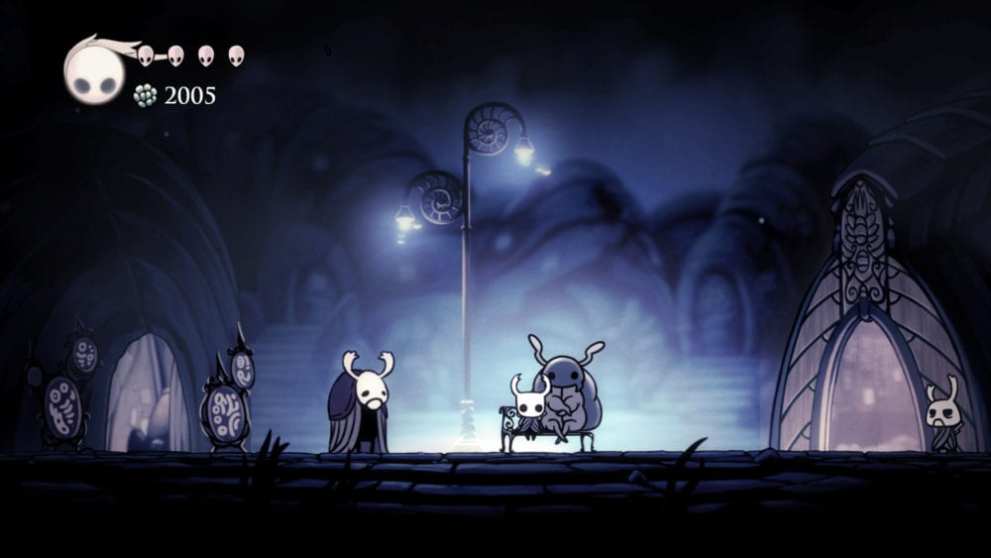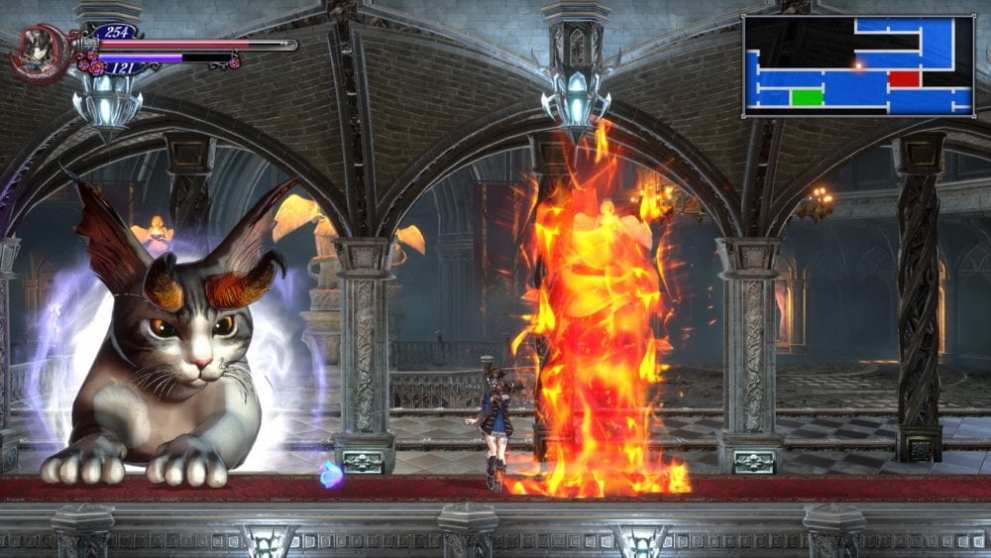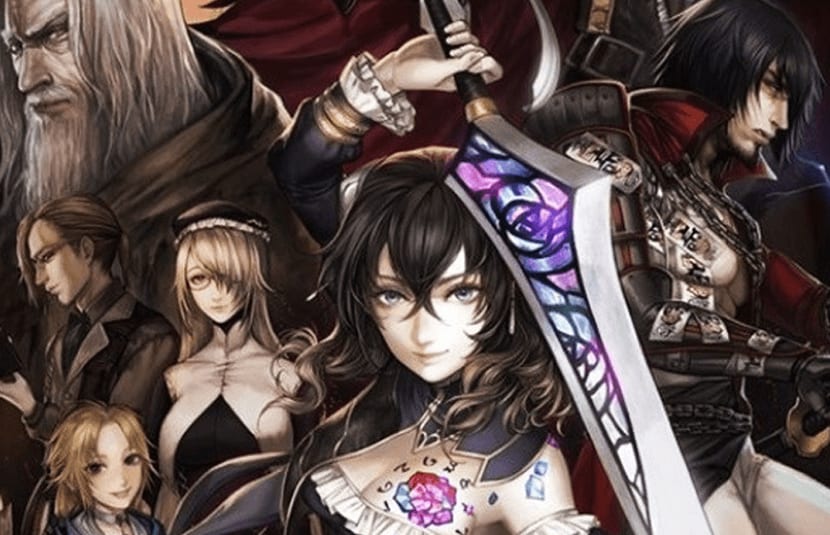If you didn’t grow up playing games like Metroid or Castlevania on old-school consoles like the NES or SNES, you’d probably be a tiny bit intimidated by the idea of jumping into a “Metroidvania-style” game.
Metroidvania? What does that even mean?
Well, you’ve probably already heard of the genre and are a thousand times more knowledgeable about it than I am, but just in case you’re a newcomer who’s still a little iffy on the concept, here’s a brief rundown.
Metroidvania games are heavily focused on exploration in a game world. As you explore, you’ll inevitably run into obstacles that you can’t get past. It could be a ledge that’s too high up for your jump, or a large rock that’s blocking your path.
The hook of the Metroidvania is to drip-feed you with new abilities and upgrades as you progress through the game, and give you that euphoric “Aha!” moment when you finally get the double jump and remember that one ledge you couldn’t quite get to at the start of your adventure.
Metroidvanias are designed with exploration and backtracking in mind, and if you love the idea of uncovering large maps bit by bit and figuring how everything loops together, you’re probably gonna love this genre.
The problem, though, is that there aren’t a whole lot of big Metroidvania games to help usher newcomers into this fantastic genre. Now don’t mistake that as me saying there are no good Metroidvanias, because there certainly are.

Hollow Knight is one of the most celebrated indie darlings in recent years, and last year’s The Messenger released to critical acclaim for its impeccable writing and great callbacks to old-school Ninja Gaiden games. However, both games can also feel inaccessible in different ways.
Hollow Knight is known for its punishing difficulty curve. The focus on skill-based combat, coupled with the risk of losing all your Geo (the game’s currency) with two deaths, makes this quite a daunting game to get into. Boss fights get intense, and it’s one of those games that you’re going to have to just buckle down and power through at some point.
On the other hand, The Messenger is a little more forgiving when it comes to combat, but it’s also got a rather large focus on precision platforming, which can get grueling in some areas. And, well, platforming just isn’t for everyone, okay?
Enter Bloodstained: Ritual of the Night, the product of a successful Kickstarter campaign from 2015. I spent the better part of this week diving straight into the game without knowing much about the Castlevania series, or even that much experience with the Metroidvania genre at all, but I can safely conclude that this game was likely designed with both genre newbies and veterans in mind.
Starting you off on Normal difficulty, the game shares its core mechanics with players in a clear, concise manner, but without being too hand-holdy. Right from the get-go, you learn that Square is attack, X is jump, and you’re off.
After a somewhat slow introduction, Bloodstained drops you off in its main castle area, and the world’s pretty much your oyster. There are so many tiny corners to explore, filled with secrets and hidden items that you’ll only find if you make the effort to seek out the entrances.
There are so many branching paths, it almost feels overwhelming at first, especially if you’re overcome with the compulsive desire to unlock as much of the map as possible.
It’s easy to get to the point where you feel like you’ve wandered off too far, and you’ll start to get nervous as you realize you haven’t saved your game in about 30 minutes. But Bloodstained makes sure to take good care of you; if you feel like you’ve gone on too long without finding a save room, chances are that the game feels the same way too.
So take the time to explore your surroundings a little, study the map to see where you haven’t gone yet, and try to guess where the save room would be located. Bloodstained’s greatest strength is bringing all its areas together in a recursive, interconnected manner, so you’ll never wander too far from home.
If there isn’t a save room to be found, you’re probably near a fast travel point that’ll take you back to the village, or a shortcut that brings you back to a previously discovered save room.

It certainly helps that most of the game’s pressure mostly stems from the player’s health management, and not so much from the toughness of the enemies themselves. Whereas Hollow Knight would always ambush the player in sneaky ways and spring new, dangerous enemy types when you least expected it, Bloodstained: Ritual of the Night is more predictable on the combat front.
The game isn’t a cakewalk, though. While it certainly isn’t the toughest thing in the world, Bloodstained’s boss fights still require a good degree of concentration from the player. You can’t brute force your way through these fights; you still need to pay attention to boss patterns and figure out a good way of countering them.
But for the most part, if you start to feel frustrated about a death, it’s most probably because you didn’t stock up on potions, or you forgot to save your game before exploring.
Despite being a 2.5D side-scroller, Bloodstained: Ritual of the Night doesn’t go too hard on the platforming elements either. Don’t be mistaken, though; there are some instances where you’d need to pull off some tight jumps, but these are mostly reserved for optional items and equipment found off the beaten path. They’re not at all compulsory.
This isn’t to say that Bloodstained doesn’t have options for the more hardcore Metroidvania fans either.
The game offers up Hard and Nightmare difficulty modes that will make the gameplay experience that much more intense. Normally, you’d need to beat the game on Normal before unlocking these other modes, but entering a little cheat code at the start of the game allows you to access them straight away.
For us novices, though, playing through the game in its intended fashion will allow you to get acquainted with how it handles before you move on to the big stuff.
All of these elements come together to make Bloodstained: Ritual of the Night the most accessible Metroidvania I’ve come across in recent years. And, of course, the fact that it’s actually a good game certainly helps its case as well.
Bloodstained’s RPG elements are deep and nuanced, complete with cooking and crafting systems to get into. Not to mention the incredibly extensive Shard system, which gives you a wide array of different skills to mix and match at your own leisure.
The game takes its time in unveiling its myriad systems to the player, making sure you’ve got enough time to soak everything in, then the difficulty slowly ramps up as you become more well-equipped to take on its challenges.
Considering that Bloodstained is essentially meant to be a love letter to Castlevania: Symphony of the Night, and all the old-school Metroidvanias that might feel a little dated for newcomers at this point, it’s just nice to be able to play a solid, approachable Metroidvania game that takes care of all its players.
